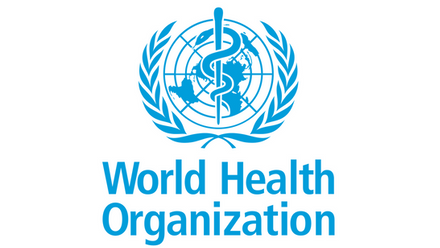The Blood services wider contribution to public health? session included the following presentations:
1. Mike Busch: mportant role for biorepositories in global surveillance and epidemiological studies
2. Khoa Manh Dinh: The effect of COVID-19 interventions on virus nasal carriage among Danish blood donors
3. Bertram Kjerulff: Influence of sex, age, BMI, and smoking on 47 circulating inflammatory and vascular stress biomarkers in 9,876 healthy individuals – Results from the Danish Blood Donor Study
4. Mars Stone: Development of a Nationwide Repeat Blood Donor Cohort to Monitor SARS-CoV-2 Serosurveillance and Population Immunity
5. Mart Janssen: Generating synthetic blood transfusion data for haemoglobin deferral prediction
MODERATORS: Antoine Lewin, Ole Birger Pedersen
After the presentation, there was a questions and answers session, which is also included in the recording.
Abstract
Important role for donor and recipient biorepositories in global surveillance and epidemiological studies
M P Busch1,2
1Research, Vitalant Research Institute, 2Laboratory Medicine, University of California San Francisco, San Francisco, United States
Since the 1970s, studies of archived samples from blood and plasma donors and transfusion recipients have contributed to advancing the safety of transfusions, as well as to surveillance for infectious diseases, development and performance assessments of donor screening and diagnostic assays, and epidemiological and pathogenesis research. Progressive approaches to establishing and executing studies utilising biorepositories have been critical to many of these contributions. Studies of blood and source plasma donor biorepository samples were critical to discoveries of several major pathogens, and to development of donor screening and diagnostic assays and infection staging systems for hepatitis viruses, retroviruses, arboviruses and parasitic infections.
Donor repositories have provided the basis for immunological and molecular “observatories” for large-scale population studies to rapidly investigate the epidemiology of emerging infectious diseases, and have contributed to understanding of disease penetrance and correlates of protection of infection and symptomatic outcomes. Establishment of donor cohorts, with biobanking of longitudinal follow-up samples from acutely infected donors along with survey data, have led to significant contributions to disease pathogenesis and biomarker discovery research.
Most recently, the global blood bank community has made major contributions to SARS-CoV-2/COVID-19 pandemic response through (1) donor-based serosurveillance studies using serial cross-sectional and longitudinal repositories and linked surveys, (2) studies of samples from donors reporting post donation illness (PDI) and (3) serial samples from infected donors enrolled into prospective cohorts to characterise virologic, immunologic and “omics” parameters that correlate with clinical outcomes including long-COVID.
Beyond contributing to infectious disease surveillance, epidemiology, and pathogenesis research, donor data and biobanks have been linked to regional and national registries to investigate non-infectious health outcomes in donors and identify potential prognostic biomarkers of disease. Donor data and samples linked to component production, transfusion practices, and recipient characteristics and outcomes (vein-to-vein databases), enable powerful studies to identify donor, transfusion and recipient factors that impact transfusion efficacy and complications. Salient examples include the US REDS programs, ScanDat, the Danish Donor Study, the UK BioBank, French, Japanese, Netherlands national programs as well as more recent initiatives in Australia, Canada and many other countries. Application of “omics” technologies, including genomics, metabolomics, proteomics, glycomics, immune profiling and “exposome” analyses, to samples in these repositories has and will continue to be critical to contributing to surveillance and epidemiological research and advancing the field of Precision Transfusion Medicine.


